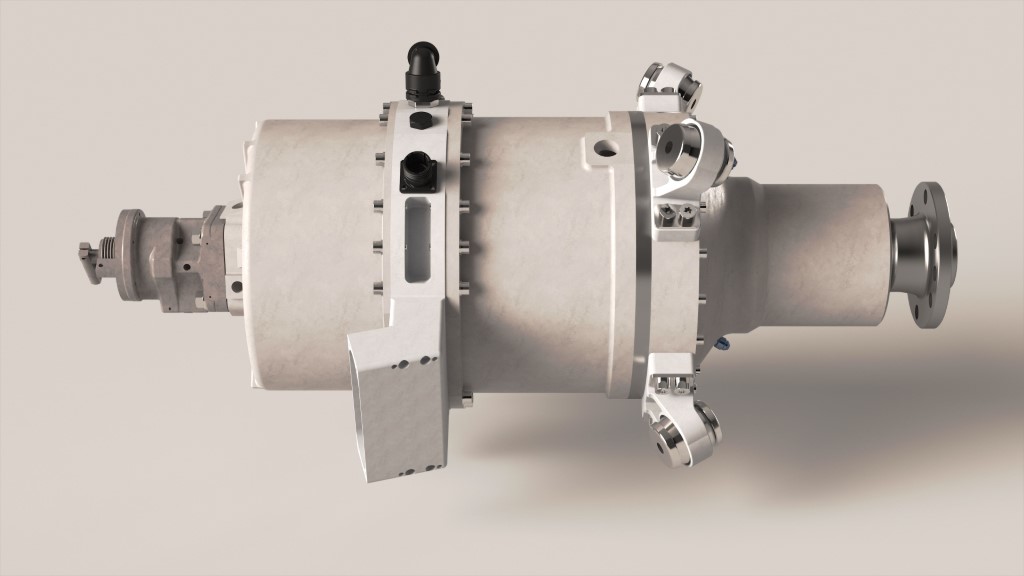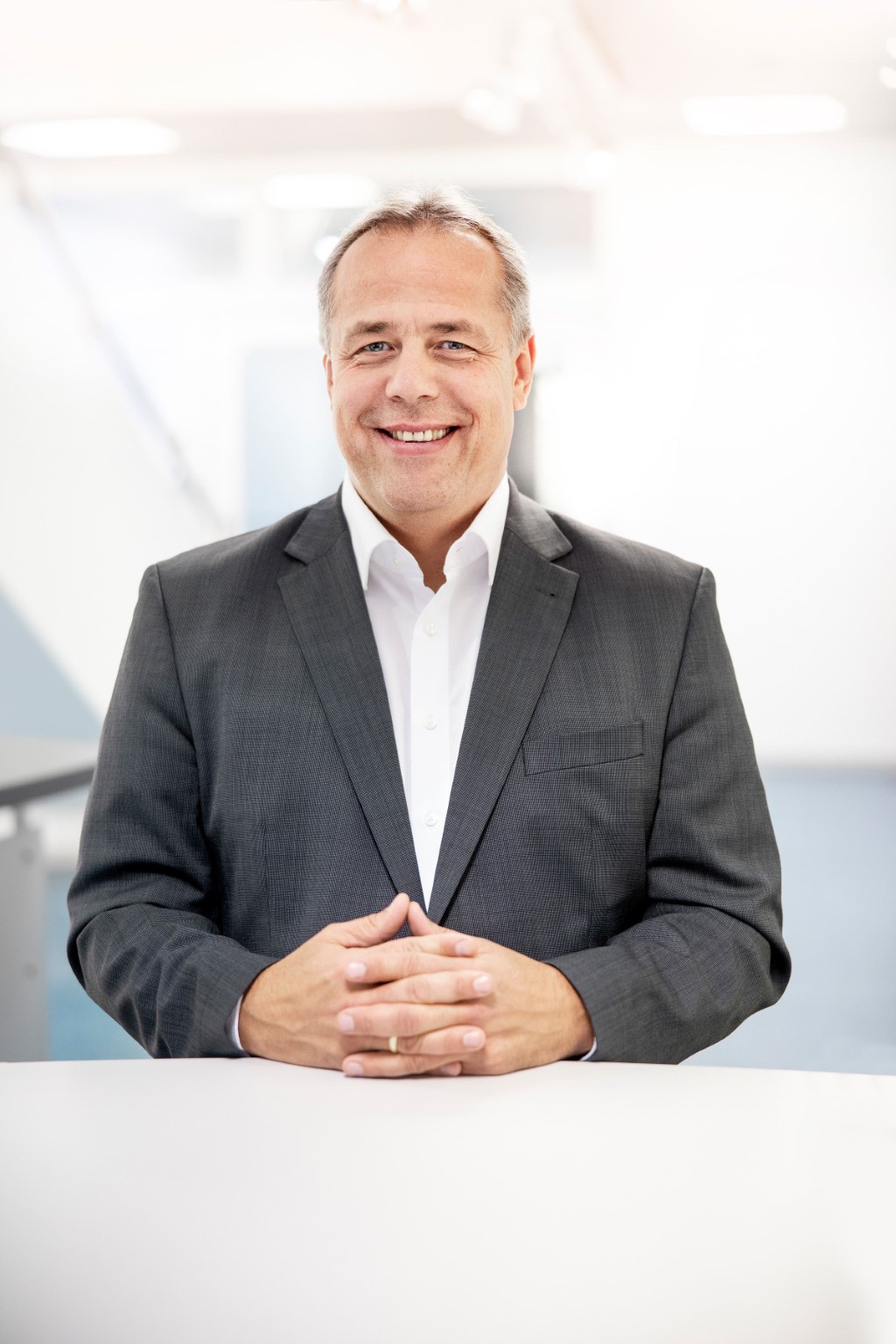Progressions of power

Oliver Blamberger, CEO of Compact Dynamics, talks to Aerospace Manufacturing about the company’s involvement in MAHEPA, a European-funded project to develop novel, modular and scalable hybrid-electric aircraft powertrains that run on powertrains that reduce[FG1] emissions.
The Modular Approach to Hybrid-Electric Propulsion Architecture (MAHEPA) project is a European-funded project to develop the enabling propulsion technology for future small and regional passenger aircraft, capable of exploiting the existing small local airports to provide micro-feeder service to larger hubs and eliminating the impact of gaseous emissions on the surrounding communities.
The aim of the project, which began in May 2017, is to develop new components in a modular way to power two four-passenger hybrid electric aircraft. The first will be equipped with a hybrid powertrain utilising an internal combustion engine and the second will be a fuel cell hybrid powered aircraft, showcasing the possibilities for zero-emission, long-distance flight. The main objectives of MAHEPA are to develop novel, modular and scalable hybrid-electric powertrains that reduce emissions. These powertrains are the key technology for future hybrid aircraft enabling economical and environmentally sustainable air travel.
Starnberg, Germany-based Compact Dynamics (CD) is a wholly-owned subsidiary of global automotive and industrial supplier Schaeffler. CD is a hidden champion in the field of innovative electric drive concepts with a focus on high-performance drives and integrated lightweight construction in small volume production. Before the acquisition, Schaeffler and CD had been working together with great success for many years.
CD has been a partner on the MAHEPA project from the beginning. One of the other project partners is Slovenian aircraft manufacturer Pipistrel[FG2] , who approached CD because it already had initial experience with prototypes for general electric aviation. Being active in electric racing for more than 20 years, CD has gained invaluable experience in high power density electric drive systems. The high power density-low weight requirements from racing fit extremely well with the requirements of aviation to increase the payload.

Objective 3 of MAHEPA involves the “advancement of new airborne qualified, lightweight, high power density components” such as a 200kW+ electric motor, a 100kW+ generator and improved power electronics using Silicon Carbide technology to increase efficiency of power transmission due to decreased switching losses. This is where the expertise of CD on MAHEPA has been focused.
Propulsion requirements
Pipistrel Vertical Solutions defined the performance requirements for its aircraft. In a joint discussion, this was assessed with future possible market requirements for other aircraft too. The requirements for the propulsion system were specified in detail in the overall agreement at the start of the project. There was a technical basis with about 300kW peak power[FG3] , which was used as a jumping off point for the requirements and was the basis for this application. Nevertheless, all components were specifically adapted to the requirements.
Based on this, CD was able to work out proposals for direct drive or with gearbox and show the differences; jointly decide with Pipistrel to opt for a high-speed motor with a gearbox; determine the best motor topology; make first designs and select the most optimal one; perform and optimise electromagnetic design and simulation; select suitable materials; determine the losses in the system for different loads and therefore design and calculate the overall heat dissipation; the propeller bearings were designed, calculated and constructed; the gearbox was designed and calculated according to CD specifications.
CD is in a healthy dialogue with Pipistrel regarding the mechanical and electrical interfaces of the aircraft. The customer’s requirements are of utmost importance for CD, which has a dedicated team available to provide support for the flight tests.
For the motor, it is important to distinguish between peak and continuous power. At the moment, CD is achieving 300kW peak power and 150kW continuous power[FG4] . However, the MAHEPA project is generally designed in such a way that modularity, i.e. several drives in parallel, makes higher output possible. For example, two MAHEPA drives could represent a cruise power of 300[FG5] kW and a take-off power of up to 600kW.

Together with Pipistrel, a test programme was defined, discussed and established in advance. At CD, the drives and inverters were subjected to an extensive test campaign on a performance test bench. This included the full range of speeds and powers, short-term peak power for take-off and also endurance tests over a longer period of time. In these tests, all requirements have been met and the results handed over to Pipistrel and fully accepted.
On the safety and dual redundancy aspects, the overall drive consists of two motors and two inverters. Both motors drive a common shaft and thus the propeller drive. In the event of a fault, the affected drive can be completely disconnected via freewheels without losing all power. This means[FG6] that the aircraft is still capable of conducting a continued safe flight and landing - a particularly important function because if, in the event of damage to the winding of a permanently excited machine, the rotor with its magnets continues to rotate, voltages continue to be induced and currents are driven as a result.
A generator of power
CD is also manufacturing a 100kW generator. The generator itself comes from a motorsport application with high power density and was then adapted and fitted to the Rotax 915 aircraft engine.
The power electronics are also important here in terms of the efficiency of the powertrain. Silicon Carbide converters allow switching frequencies in the range of 50kHz to 70kHz compared to about 15kHz to 20kHz for traditional IGBT converters. This allows the currents in the electric motor to be better matched to the sinusoidal shape, thus reducing the losses of the overall system.
The greater advantage is that it can be used to operate electric motors at higher speeds and/or electric motors with finer pole pitches. Both lead to significantly higher power density of the drives, which is an essential requirement especially for aviation and motorsports and the focus of the development of electric drives and converters at CD.
The motors [FG7] were completely designed and manufactured at CD. The powertrain [FG8] is now close to first flight tests. Ground tests with full power are being completed. Unfortunately, Covid-related delays have hindered earlier testing.
The drive concept originates from the EU programme Horizon 2020 and was funded 100%. CD and Schaeffler’s Aerospace business unit are working closely together and are already preparing for the certified serial production of electric propulsion systems. By leveraging the broad know-how of the Schaeffler Group in industrialising electric propulsion systems, Schaeffler Aerospace, as a certified aerospace player, will manufacture electric propulsion systems in the serial phase.
Results incorporated in this standard received funding from the European Union's Horizon 2020 research and innovation programme under grant agreement No 723368.













